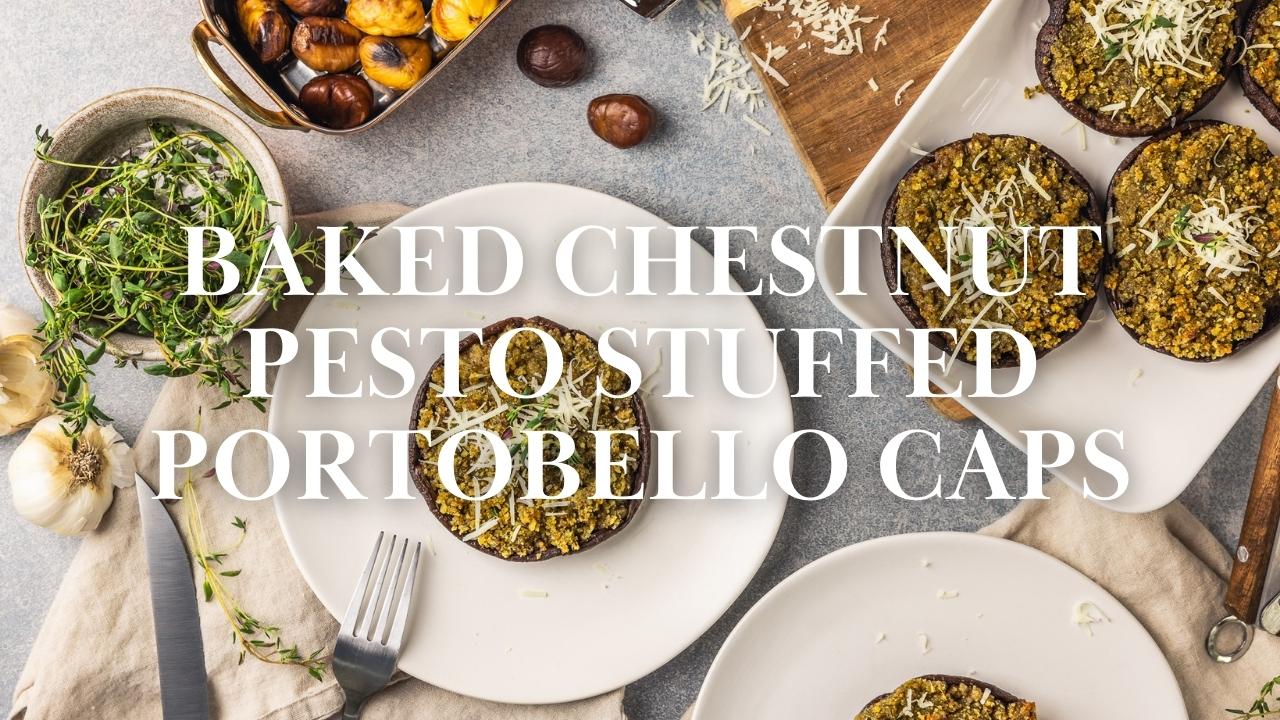
Few culinary dishes extract more flavor from a few simple ingredients than pesto. If you didn't know better, you might think it was magic. But, with a few tricks, you can blend your own fresh pesto, full of flavor and your best Italian accent.
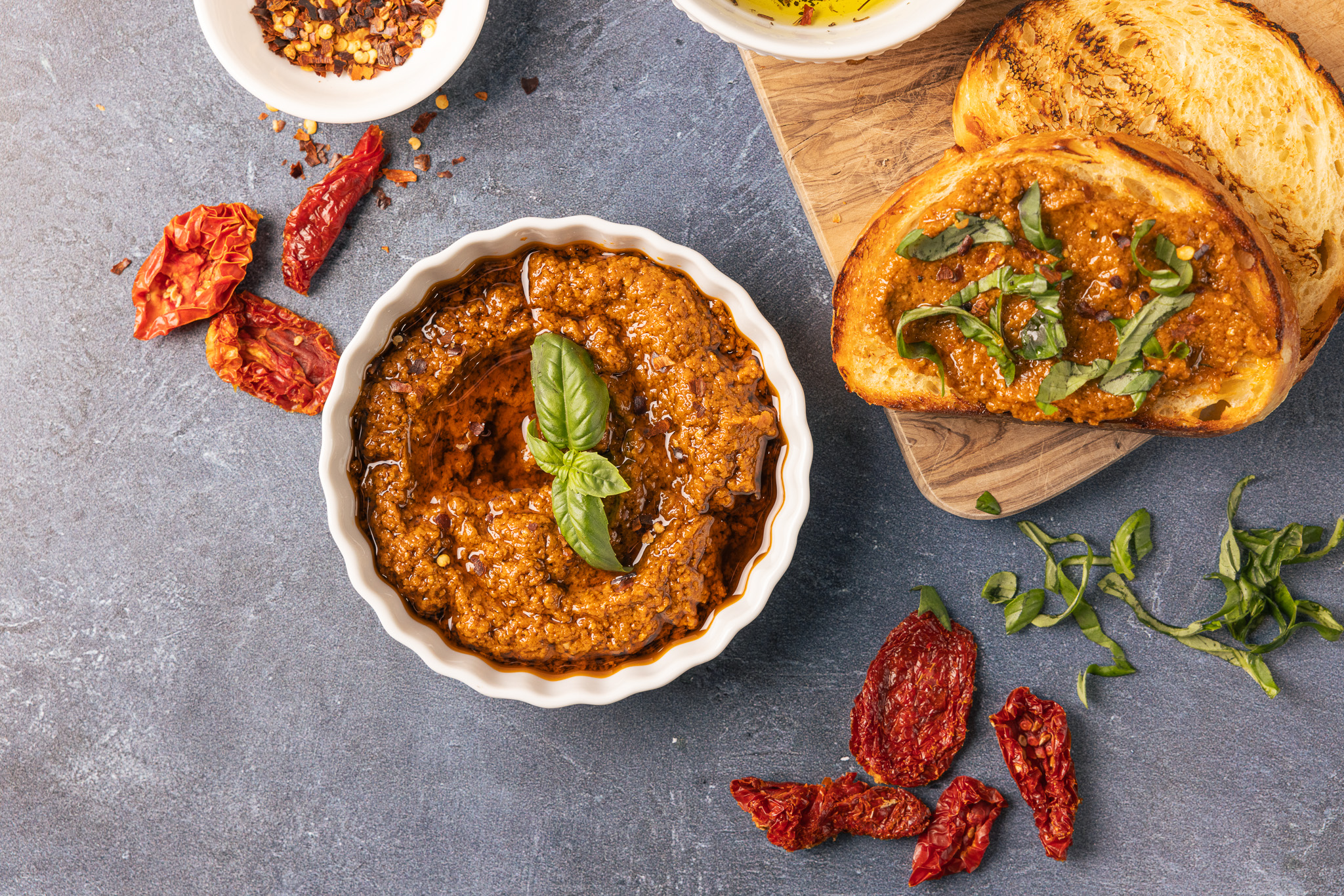
What Is Pesto
Coming from the Italian word pestare - meaning to ground or crush - pesto is a blend of herbs (or greens), nuts, and oils. While some trace its roots to Roman times, the most popular variety originated in Genoa, Italy, and remains a much-loved classic today.
While pesto is most typically associated with Italy, it's a diverse regionally-inspired dish enjoyed around the world - as pistou in France or romesco in Spain. It can vary between a paste and a puree, which makes it all the more versatile in the kitchen.
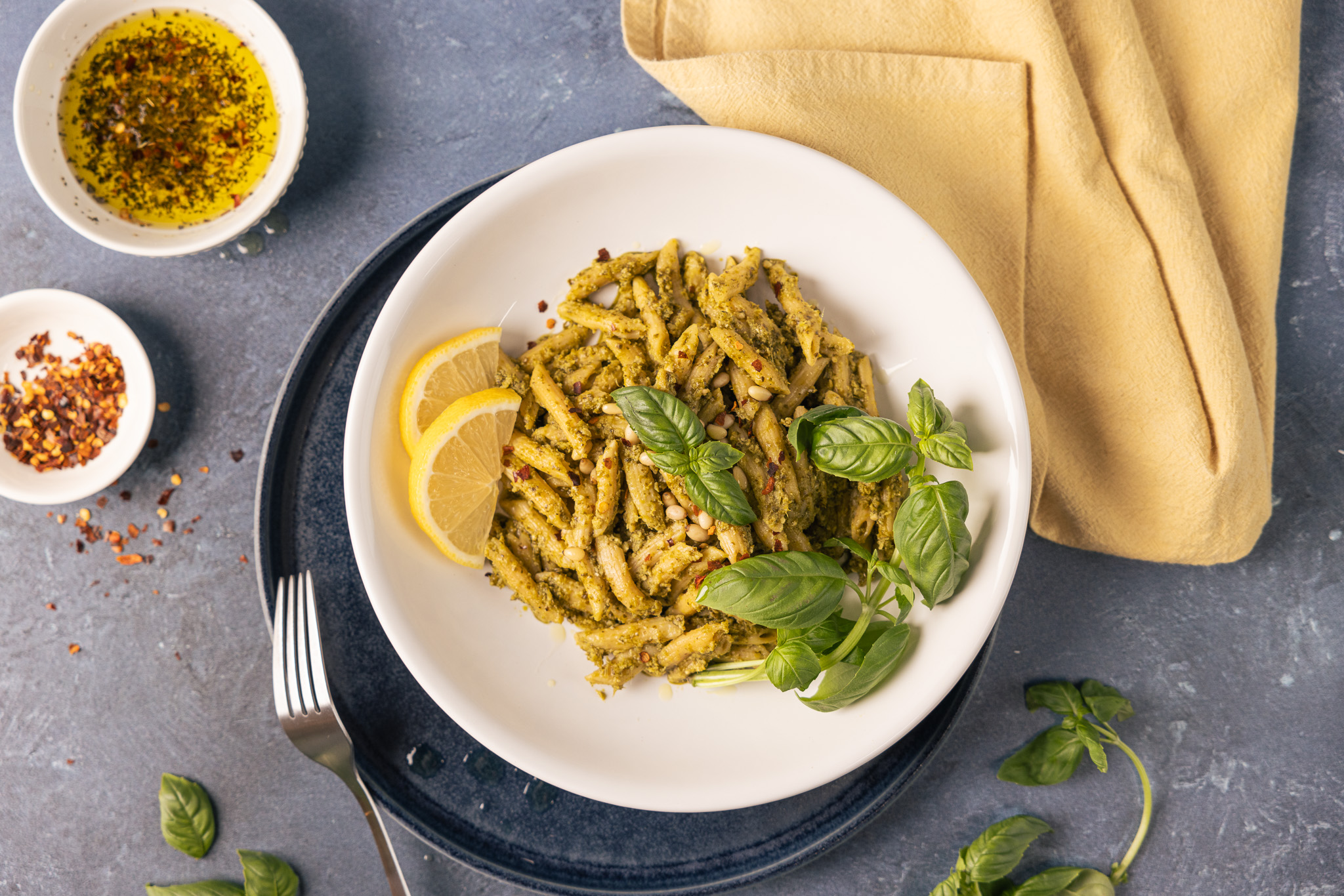
The Classic Pesto
Back to Genoa, Italy, and the most-loved variety. Pesto Genoese uses fresh basil leaves, pine nuts, olive oil, and parmigiano-reggiano cheese. Instead of using store-bought pesto, you can easily replicate this classic basil pesto at home with a quick pulse of the ingredients in a food processor. Presto pesto!
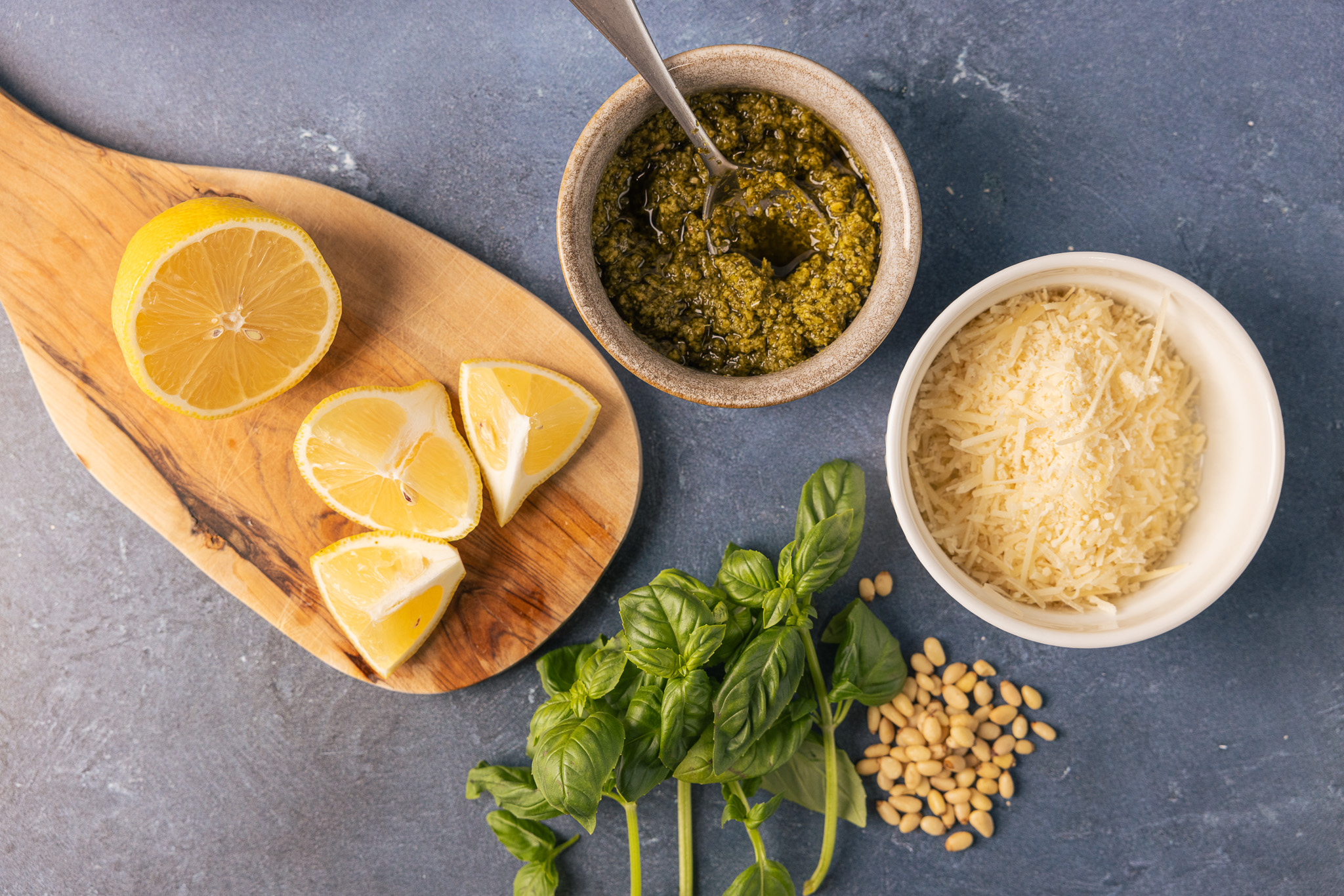
Pesto Components
A quick review of pesto recipes reveals a simple equation: herbs + nuts + oil + cheese. With a little imagination, you can get completely creative with the math for endless variations and substitutions. Here's a quick cheat sheet of ingredients:
Fresh Herbs or Greens - you want a fairly dense green to carry the pesto. Always opt for fresh, and try basil, parsley, spinach, arugula, cilantro, mint, or (if you dare) nettles.
Oil - don't skimp on oil in a pesto. Choose a high-quality oil and start with a fresh bottle or jar. Extra Virgin Olive Oil is the obvious choice, but you can get adventurous with other nut oils.
Nuts - toasted or roasted nuts will yield a richer flavor. Classic recipes use pine nuts, but other varieties, like walnuts and almonds, work well. You can also substitute with breadcrumbs if you are nut-intolerant.
Cheese - along with the oil, the cheese acts as an emulsifying agent in the pesto. Your classic salty, dry Italian cheese is a wonderful choice (think parmesan, pecorino romano, or asiago), but you can also experiment with alternate options. While cheese adds to the flavor and texture, it can be omitted or substituted with nutritional yeast for a vegan pesto.
Acid - alongside the fresh herbs and greens, an acid can elevate your pesto. While not typical in classic pestos, lemon juice is one of our favorite secret ingredients. You can also try a variety of vinegars that complement other ingredients you may add.
Seasoning - with the right cheese seasoning is not essential. But you may want to add pepper or a pinch of salt, depending on your preference.
Optional Additions - here the options are endless. Garlic can add pungency to your pesto, while less traditional elements, like roasted red peppers or hot peppers, can transform it into something unique. Have fun, and don't be afraid to try new ingredients!
What You Will Need
Aside from the punch of flavor, we love pesto for its simplicity. Simple ingredients, no prep time, and little to no mess. It's quick and easy, and it requires basic kitchen tools.
When you're ready for pesto-making, grab your ingredients (roughly chopped) and a vessel to grind or crush. Here, you can use a mortar and pestle, a high-powered blender, or a food processor. Or, if your kitchen has none of the above, grab a bowl and a large spoon or mallet (you can get creative).
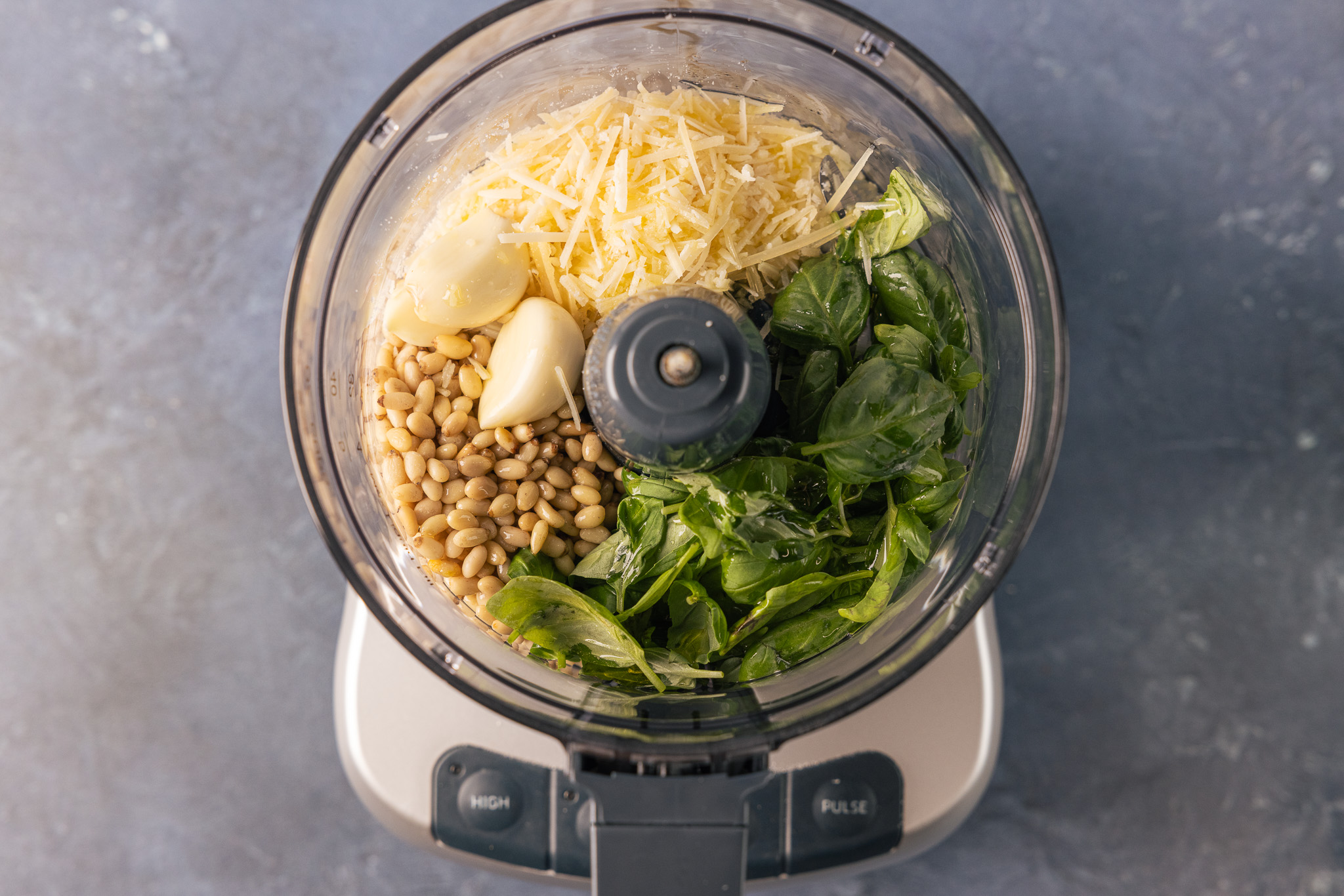
How to Make
Traditionally, pesto was made using a mortar and pestle - grinding and crushing the herbs against the sides of the bowl with the other ingredients until combined and uniform. The process is quite relaxing, and many people still prefer this method. (There is also something to be said for the flavor profile yielded through this slow, crushing process.)
You can also use the convenience of a food processor or blender to mix a batch of pesto quickly. Oddly, there is more clean-up with this option, but it does produce a smoother homemade pesto if that's your end goal.
You can try one of our favorite simple pesto recipes here.
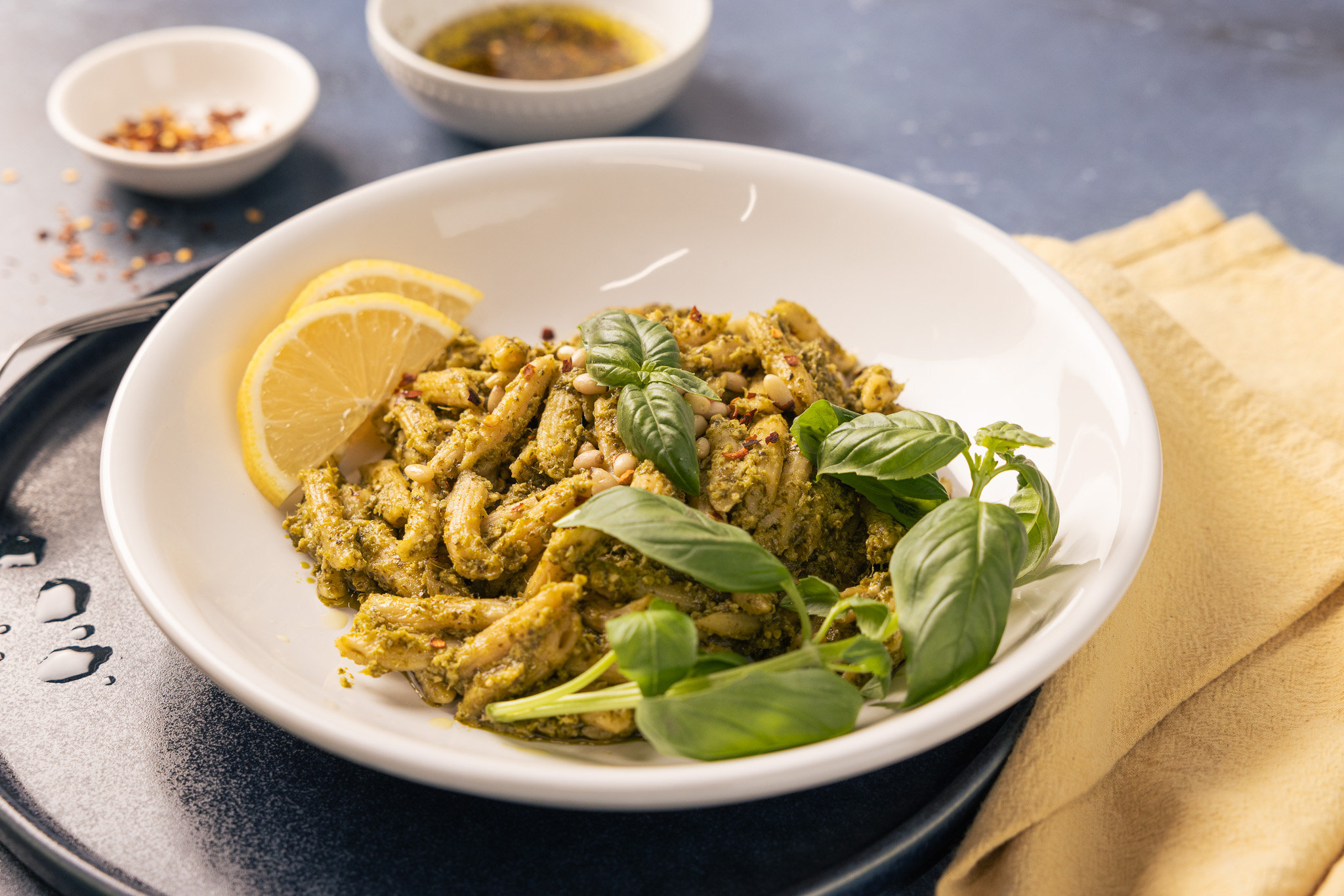
How to Use Pesto
We doubt you need much inspiration to consume pesto, but just in case we'll dig in. Along with pasta, pesto adds complexity and flavor to everything from pizza to sandwiches. In the savory realm, there isn't much it can't be drizzled on.
Using pesto as a base for cooking can easily transform an ordinary meal into a culinary explosion. Try adding to dips or soups, or rolling into a roast.
And, you can use a quick batch of pesto to prep for meals ahead of time. Pesto can be made and stored in a jar for 2 weeks in the refrigerator, or 6 weeks in the freezer. You can also use an ice cube tray to freeze pesto to make individual portions for an easy weeknight flavor hack.
Ready to use those pesto skills to use? Try our Baked Chestnut Pesto with Portobello Caps!
